The recording of the Lasting final seminar “Lost in the masses: Is product longevity the solution?” is available below. Even though this was the final seminar, the Lasting project will continue until autumn 2024. The plans for this year include Kamila Krych finalizing her PhD project and other project partners working further with disseminating the results, including journal publications and an exhibition at the Climate House of the Natural History Museum.
- 0:00 “Welcome” by Harald Throne-Holst, Researcher at SIFO
- 3:30 “Consumer views on increasing product lifetimes” by Kirsi Laitala, project leader and Researcher at SIFO
- 24:00 “Let’s see the forest for the trees: industrial ecology insights into product lifetimes” by Kamila Krych, PhD Candidate at NTNU
- 44:40 “Conflicting narratives of product longevity” by Lisbeth Løvbak Berg, Researcher at SIFO
- 67:00 “Durability in product policy – The limitation of the dream of longer life” by Ingun Grimstad Klepp, Professor in Clothing and Sustainability at SIFO
- 100:00 “Lost in sameness: plurality, clothing and durability” by Kate Fletcher, Professor at the Royal Danish Academy
- 120:00 “Discussion: overproduction and product longevity.” Panellists: Kate Fletcher (SIFO), Ingun Grimstad Klepp (SIFO), Johan Berg Pettersen (NTNU), Lorelou Desjardin (The Consumer Council), Audrun Utskarpen (The Nordic Swan Eco-label). Moderated by Harald Throne-Holst.
Lasting, durability and lifespan: Looking closer at the terms
A summary of the seminar by Tone Skårdal Tobiasson
“Let’s see the forest for the trees” was one of the talk-titles during the end seminar for the Lasting project, offered by PhD candidate Kamila Krych at NTNU. Hitting the nail on the head, she pointed to that fast fashion’s business model of extreme planned obsolescence is spreading to other product groups. There has been a rise in the number of kitchen stoves being bought that is higher than any increase in households can explain.
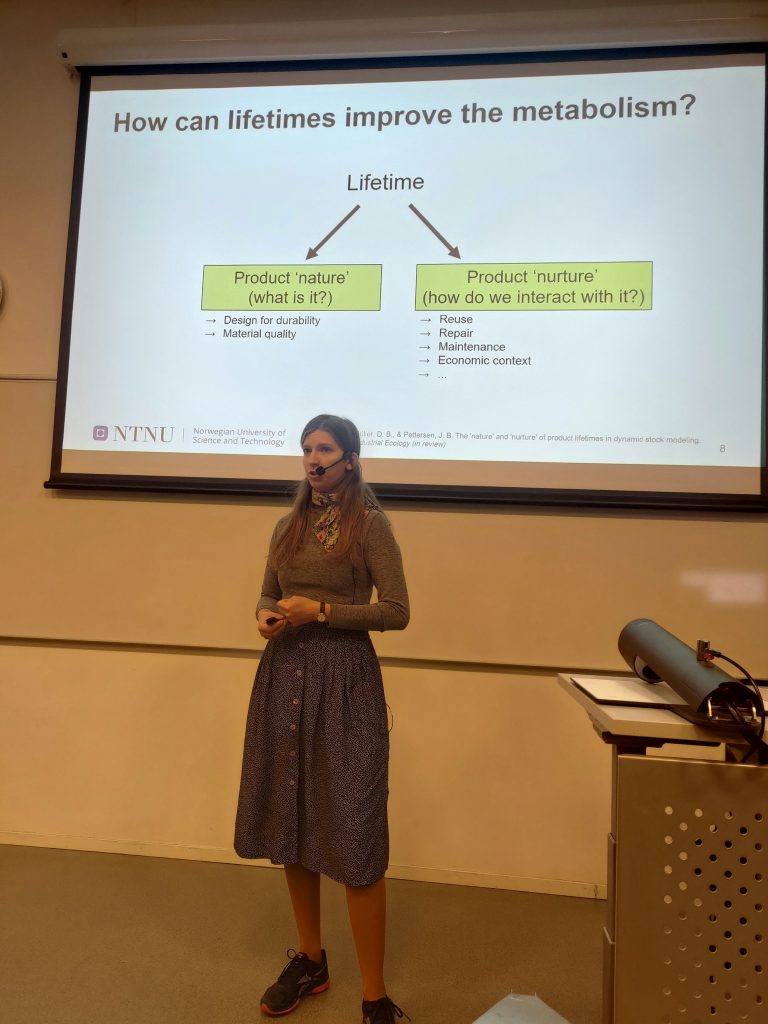
The main findings from Lasting were presented at the seminar in front of an audience of students, research partners, NGO and public servant partners, industry organizations and some from the Research Council. The title for the seminar was “Lost in the masses: Is product longevity the solution?”, and the theme has been increasingly relevant as we have seen EU policy focusing more and more on product longevity.
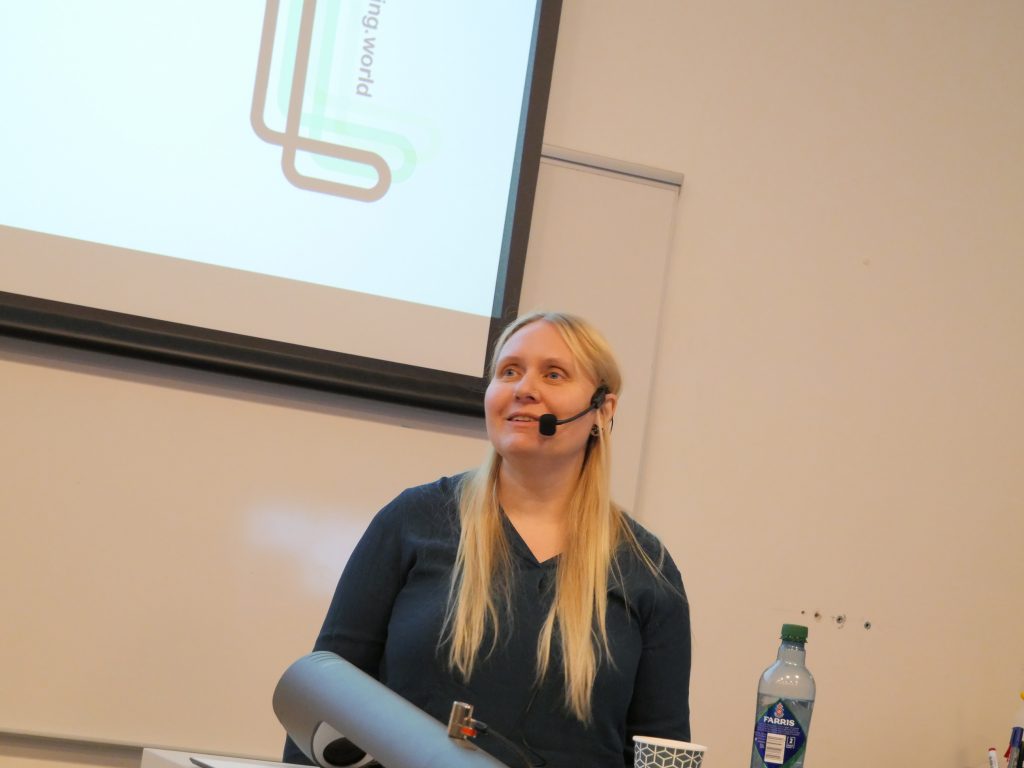
As mentioned, the main theme was where does durability and longevity have a function, and where is it actually a roadblock, in the meaning that it confounds the discussion and the way forward to reduce volumes and deplastify (mainly) apparel and other textiles? While durability and longevity are important for household appliances, to a certain degree also for furniture – the push and pull forces governing the inflow and outflow of apparel and other textiles has little to do with durability or repairability. On the other hand, when it comes to washing machines, we buy a new one when the old breaks down, so policy governing longevity and the right to repair makes a lot of sense. But what makes sense for one product-group, may not do so for all products in another. “For nylon stockings, maybe, but not for most apparel items,” according to Professor in Clothing and Sustainability, Ingun Grimstad Klepp.

She went on to explain: “If we are demanding more durable apparel products, using standard tests for strength, pilling, color-fastness, whatever, means more plastic. If we are looking at regulation of waste, eco-modulating fees based on weight, we favor plastic apparel, as synthetics in general are lighter. If we are looking at recyclability as a policy tool, synthetics win again, even though it will mainly be from recycled bottles. And, last but not least, if we use LCAs to dictate what are preferred fibers, again synthetics win.“
Citing research from CHANGE-researcher, Irene Maldini, Klepp went on to explain more on “pull” and “push” forces: Replacement as the driving force for buying something new is only 2,5% of the reason for apparel purchased, as a direct need to replace something that is broken or worn out. Closer to 30% was bought because the item “was on sale” or other occasions that spoke to opportunity. This points to that policy needs much more data on the push and pull forces than is currently available.
The drastic increase in apparel, which far outstrips an increase in need for more (there wasn’t a lack of textiles or footwear in year 2000 and the world population has not doubled in the time span), is also mainly driven by the availability of cheap synthetic fibers, polyester being the largest of these.
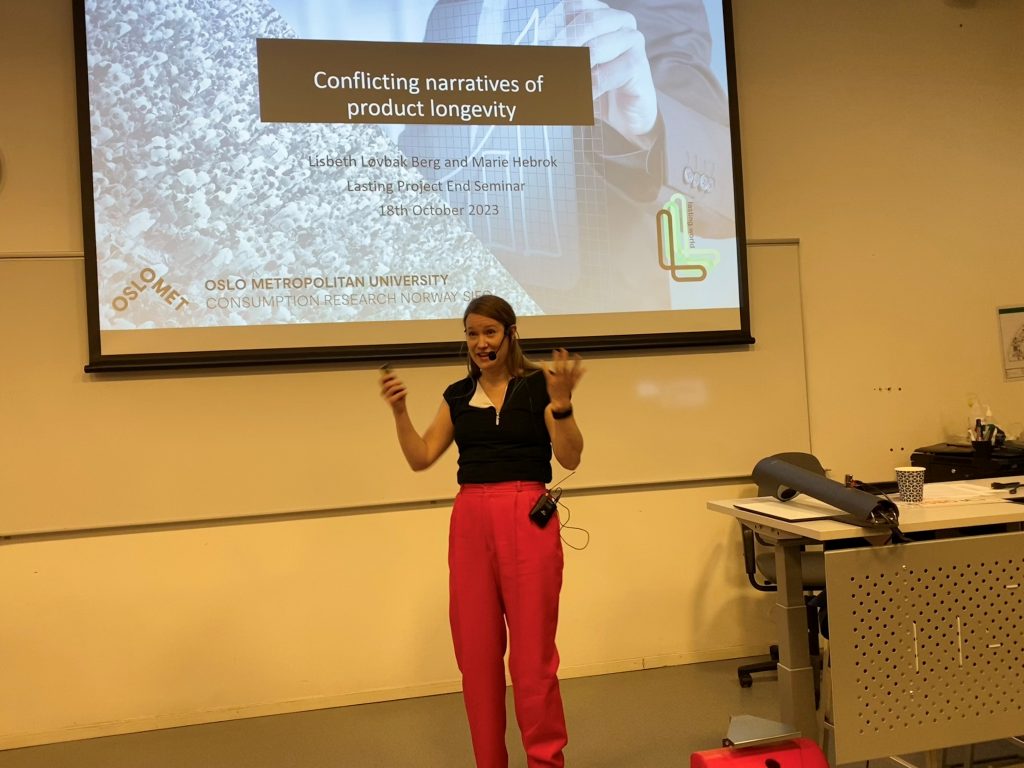
Audrun Utskarpen from the Nordic Eco Label, Lorelou Desjardins from the Consumer Council, Associate Professor Johan Berg Pettersen from NTNU, Professors Kate Fletcher and Ingun Grimstad Klepp from SIFO/OsloMet participated in a debate on to what degree product longevity can or cannot impact overproduction. As the Nordic Swan for example already has concrete “durability” demands for products; however, in order to have good baseline data, Utskarpen said that waste audits that could offer good data on what ends up in which waste streams, would be very useful to understand “real life” durability for apparel. Desjardins spoke about their Greenwashing prize, which even gained attention internationally, and was awarded Zalando last year, but also on how their internal research had made her wary of buying almost anything. Pettersen brought up that more and more consumer goods are becoming “disposable” and that waste generation is increasing, not decreasing. Which Klepp pointed to is a production-problem related to massive marketing, and not something we should put on the consumers’ shoulders. “We could ban all marketing as a scenario,” Klepp proposed, as consumers who are – everywhere they turn – told how sustainable their next purchase will be.
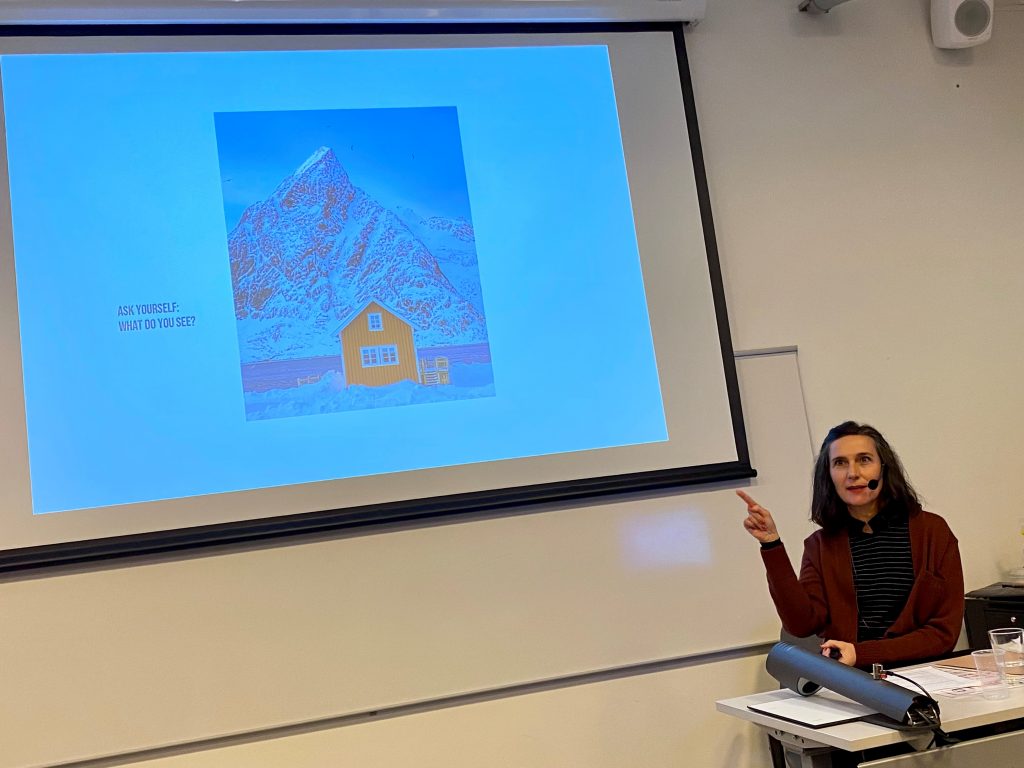
Fletcher suggested that if everyone worked for a week at the Consumer Council, seeing what they uncovered in their daily tasks on toxic chemicals, etc. would quickly suppress the need to buy anything at all. She was, of course, joking, but more seriously she added that the idea that service design in itself will change the systemic problems (rental, repair, etc.) is not proven in any way by research – what is clear is that only if volumes are decreased will new business models have a chance of survival. Pettersen repeated Klepp’s point of strategies focusing on products, rather than systems and that as long as businesses do not actually feel the planetary boundaries, they are not going to change.
Leading up to this debate, Kirsi Laitala, leader of the Lasting project, talked about consumer attitudes towards durability for all the product groups in the project (based on focus groups), and called out one winner on the aspect of durability (obviously not in the textile sector): the Moccamaster coffee machine. Lisbeth Løvbak Berg spoke on the opposing narratives from businesses vs consumers themselves on what actually had a long life – and introduced the teddy bear as the beacon. The teddy bear turned up again and again after that… as an ideal but also as something that children today have too many of, though probably the most loved one is loved to pieces.
Fletcher reminded us all that durability is not a monolithic construct, and also that it is a weak force compared to economic growth and capitalism – recognize the incompleteness of our knowledge and our colonial legacies we cannot escape. The idea that Western thinking and approaches are relevant everywhere, when they aren’t and we need to be reminded about this again and again, as Harald Throne-Holst, the moderator, reiterated: context, context, context. Being part of a community is a value in other parts of the world, that counts much more than amassing new stuff. Echoed by Pettersen, and relating it also to rebound effects. Not to forget Krych’s industrial ecology insights from her on-going PhD in the project, reminding us also to look at the big picture.
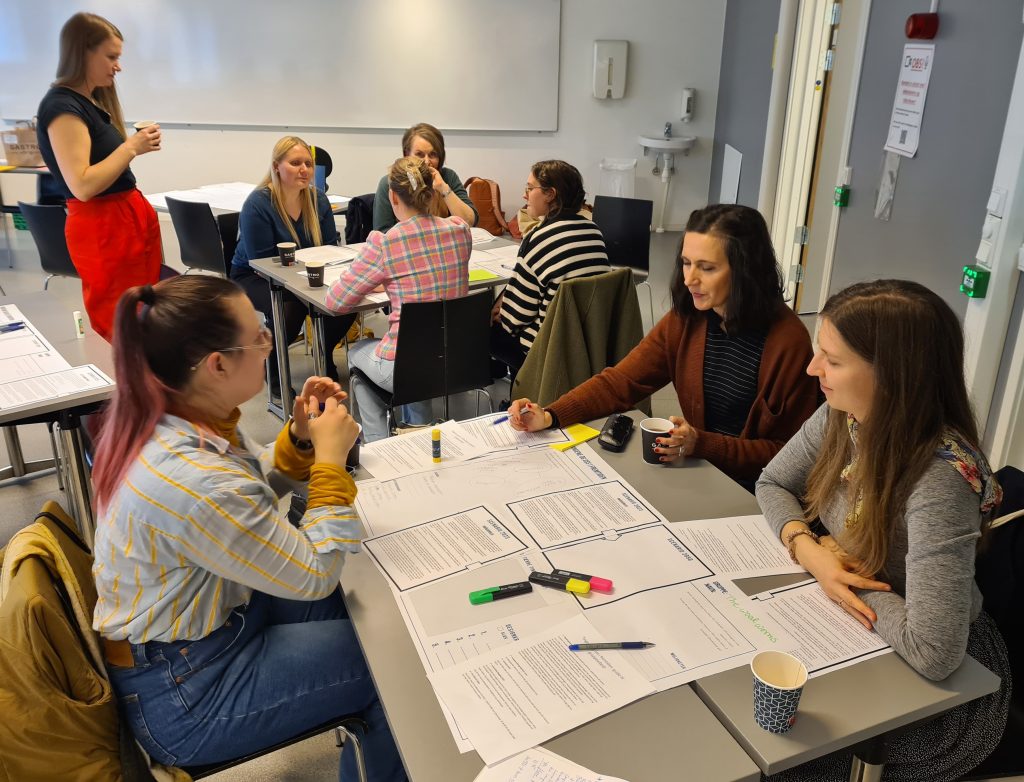
The day was rounded off with a workshop in Norwegian, where a 2023 baseline situation for different consumers was juxtaposed against a 2050 future where limited resources would not make it possible to “live the same life”. The case studies were related to a family with small children, the student on the brink of a new life as a bread winner, and an older couple moving from their house to a smaller apartment. Many interesting options were proposed, f ex more community-based solutions.
The big discussion has just begun. Lasting products will work for many important product-groups, such as household appliances, electronics and even furniture. Nylon stockings are also on the list. Teddy bears: well, the vote is not yet in. The most worn ones are often the most loved.
A recording of the seminar is available here.